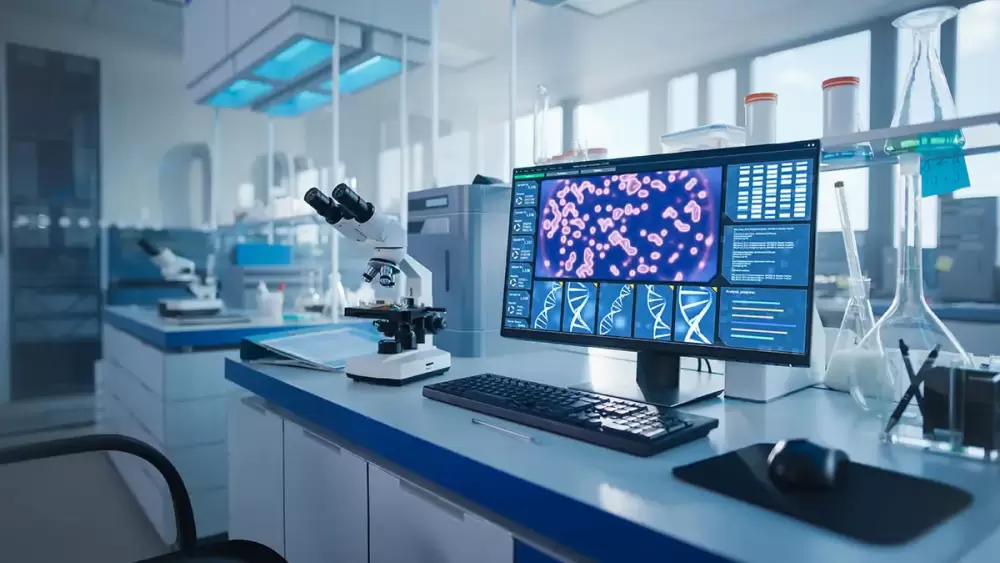
The Future Of Smart Science Lab Equipment In Research
Introduction
In today’s rapidly advancing world, technology is transforming every aspect of our lives, and science is no exception. The field of scientific research has always relied on precise, accurate, and reliable tools, and with the rise of smart technology, science lab equipment is becoming more powerful and innovative. The future of smart science lab equipment holds enormous promise, with smart devices enhancing efficiency, safety, and productivity in research labs. This article will explore the key developments in smart science lab equipment and how they are shaping the future of research.
The Integration of AI and Machine Learning in Science Lab Equipment
One of the most exciting developments in the future of smart science lab equipment is the integration of artificial intelligence (AI) and machine learning (ML). These technologies are being incorporated into lab instruments, enabling them to analyze and interpret data much faster and more accurately than ever before. For instance, AI-powered microscopes can identify cellular structures and anomalies in samples, helping researchers gain insights with minimal human input. Similarly, lab equipment that uses machine learning algorithms can detect patterns in experiments, providing predictive analytics that inform the direction of research. As AI and ML become more integrated, science lab equipment will revolutionize how scientists conduct experiments and interpret results.
Automation and Remote Control of Science Lab Equipment
Another major trend in the future of science lab equipment is automation. The automation of scientific processes can significantly reduce human error and increase the consistency of results. Smart lab equipment can now perform repetitive tasks like sample preparation, mixing, or even running tests without needing constant supervision. Additionally, the rise of remote control capabilities allows researchers to manage and monitor their experiments from anywhere, which is particularly beneficial in today’s globalized research environment. For example, researchers can now control incubators, centrifuges, or spectrophotometers remotely, allowing them to track experiments in real time, even when they are not physically present in the lab.
Enhanced Safety Features in Smart Science Lab Equipment
Safety is a critical concern in any research environment, and smart science lab equipment is evolving to make laboratories safer. Many modern lab devices are equipped with sensors and alarms that can detect hazards like chemical spills, temperature fluctuations, or equipment malfunctions. For example, smart fume hoods can automatically adjust airflow based on the presence of toxic substances, reducing the risk of exposure. Additionally, lab equipment with built-in safety protocols can shut down or alert the researcher when dangerous conditions arise, helping to prevent accidents before they occur. As these smart features become more sophisticated, they will provide an extra layer of protection for researchers and their work.
Sustainability and Eco-Friendly Science Lab Equipment
The future of science lab equipment is also focused on sustainability and reducing the environmental impact of scientific research. Many traditional lab instruments use large amounts of energy or generate waste that can harm the environment. However, new innovations in smart lab equipment are being designed with sustainability in mind. For example, some devices now incorporate energy-efficient technologies that reduce power consumption, while others use biodegradable materials or recyclable components. Moreover, advancements in waste management systems for labs allow for the recycling of chemicals and materials that were once considered hazardous. By embracing sustainability, the next generation of science lab equipment will not only improve research efficiency but also contribute to a greener future.
The Role of Data Management and Cloud Computing in Smart Science Lab Equipment
The amount of data generated by modern science lab equipment is growing exponentially, and managing this data efficiently is becoming a critical aspect of scientific research. Cloud computing is helping researchers store, analyze, and share data more effectively. By integrating cloud-based platforms into science lab equipment, researchers can access experimental data remotely, collaborate with colleagues across the globe, and ensure that their data is securely backed up. Additionally, data management systems are improving in smart lab equipment, enabling researchers to organize vast amounts of data more easily and use advanced tools to analyze and visualize it. This seamless integration of cloud computing with lab instruments is transforming how researchers manage and interpret their data.
Conclusion
The future of smart science lab equipment in research is bright, with cutting-edge technologies like AI, automation, safety enhancements, sustainability, and cloud computing set to redefine the way experiments are conducted. These innovations will make research labs more efficient, safer, and more productive, leading to groundbreaking discoveries and advancements in various scientific fields. As smart science lab equipment continues to evolve, it will not only improve the quality of research but also contribute to a more sustainable and connected world. Researchers can look forward to a future where their equipment works smarter, not harder, helping them to focus on what truly matters: advancing knowledge and making a difference in the world.

